The other night I pulled a bottle of wine that had been resting in my cellar, to have for dinner with my wife. It was my sole bottle of Mas Sinén Coster 2009, from Celler Burgos Porta in Poboleda, Priorat. I slowly pulled the long cork…and took a deep sniff. The wine was a revelation, proof positive of the maxim that great wine speaks directly of its unique place of origin. After her first swirl and sip, Shirly stopped dead, looked over to me and said, “This wine takes me straight back to our visit with Salvador.” I knew exactly what she meant. This is the story of that wine, its maker, and how a single bottle, if made with passion and respect for its origins, can so powerfully evoke a sense of place, thousands of miles away and many years after it was made:
It was back in 2014. We were travelling through Catalunya, and had finally arrived in Priorat, some three hours drive from Barcelona. We had an appointment to meet Salvador Burgos at his eponymously named winery in the hills above Poboleda, one of 12 designated villages in the Priorat DOQ. The first challenge was getting there. The road out of the village was narrow, un-signposted and unpaved, and it quickly switch-backed steeply up the slatey stone slopes. Not for the fainthearted.
After navigating a series of hairpin bends, and arriving at what appeared to be an isolated stone building on the edge of a ravine and surrounded by terraced vines with no-one about, we at first thought we were lost. Then a spry-looking man appeared, in a state of some excitement. This, it transpired, was Salvador Burgos. After perfunctory introductions, Señor Burgos urgently launched into a detailed monologue about his land, its soils and his family connection to these old vineyards. It soon became clear to us that this animated level of excitement was his default manner, and we quickly caught on. Soon we were huffing our way up the scrubby vineyard slopes, as Salvador expounded on the rocky soils, in particular the famous ‘llicorella’ slate on which the best Priorat grapes are grown, and from which they derive much of their unique flavour.
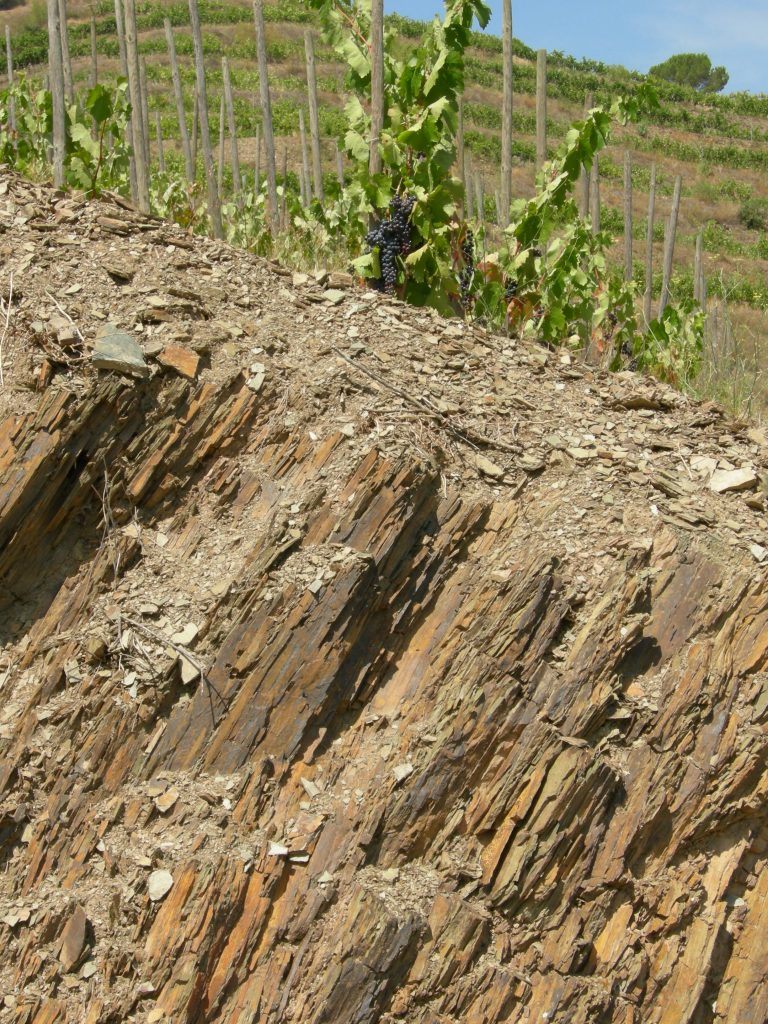
Priorat is an abrupt and challenging landscape, with steep slopes or ‘costers’ in the local Catalan language, and narrow stone terraces in every direction. It is, in the words of the Catalan writer Josep Pla, a ‘cataclismatic’ landscape, tumbling down from the dominant Sierra del Montsant massif to the north.
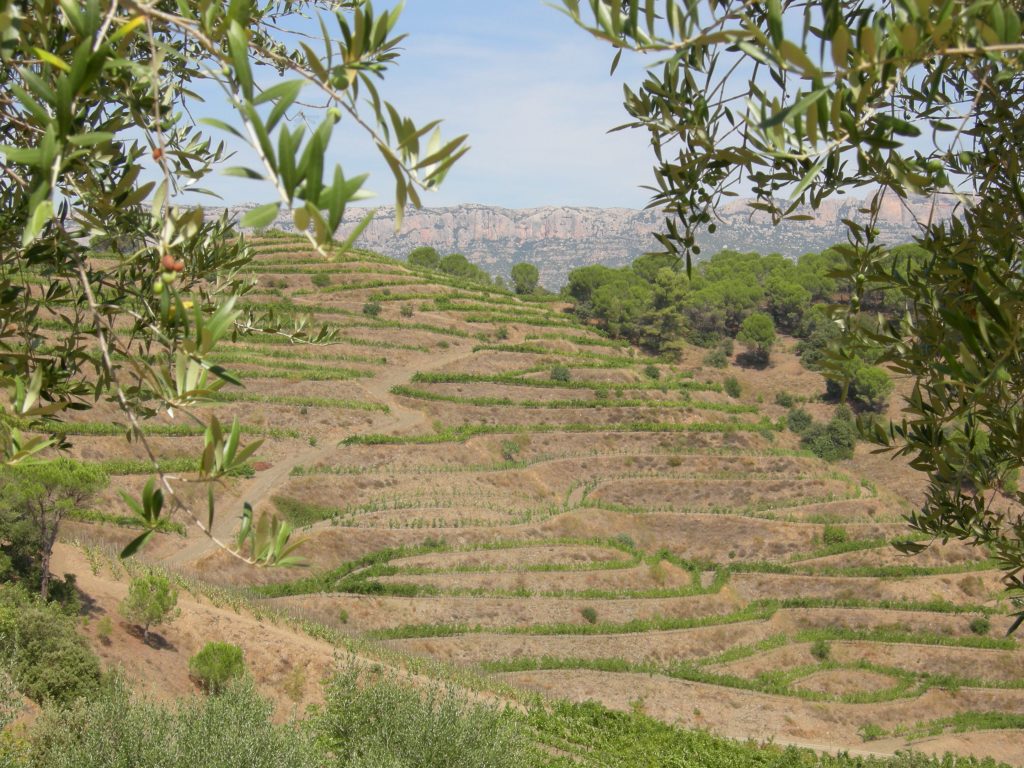
After giving us a rapid-fire course on the local geology, with much grabbing of fistfuls of soil and breaking of slate into shards, Salvador led us ever higher up the steep slope, to a small opening cut into the hillside. Here, he shooed us into a tiny, dark space at the back of which was a spring source. Dipping a metal cup into the small pool, we were offered some of the water that burbled up. It was cool and delicious. Salvador proudly explained that this water source, which he appeared to own, had been known of since Roman times, and that he still uses it for his vines and in the winery.
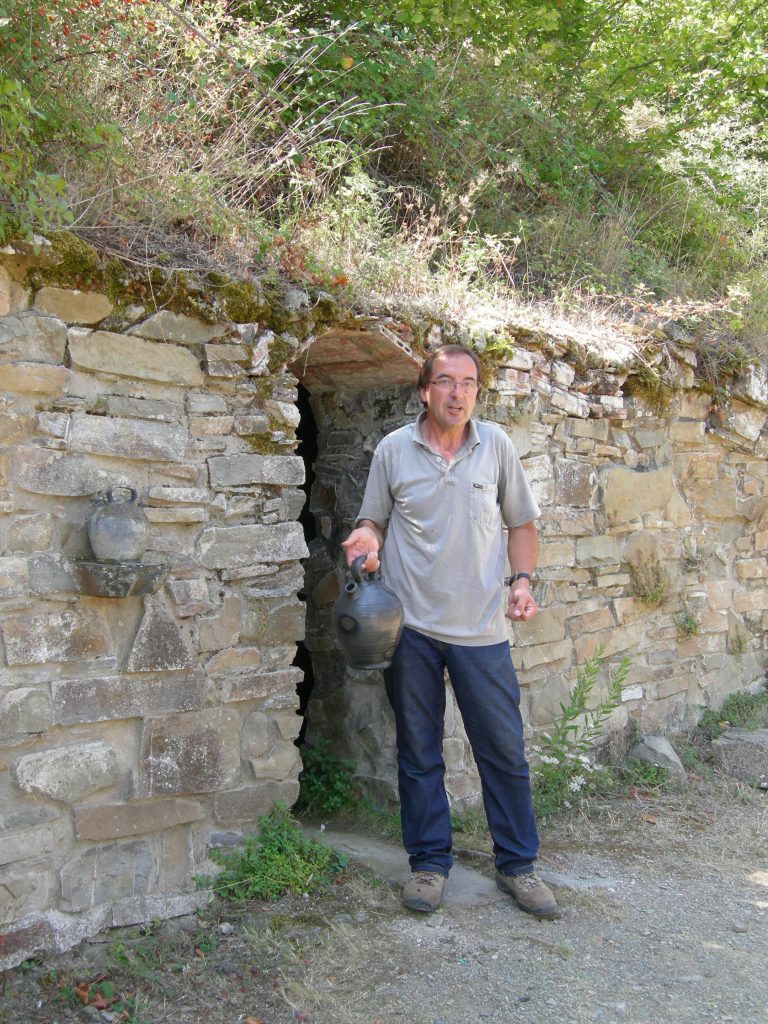
It would seem that Salvador spends much of his waking time alone up here in the high hills among his beloved vines, perhaps not coincidently away from his wife Conxita Porta, who Salvador wryly intimated was grateful for the distance. Maybe this was true: the man’s passionate energy was at once infectious and exhausting. But Burgos was determined that we understood the extraordinary terroir that he works with, before tasting his wines. And I in turn was deeply grateful for his generosity, knowing that having even a smidgeon of knowledge about their place of origin would help me appreciate his wines that much more.
Finally, after the better part of two hours in the sun-baked vineyard, we scrambled back down the hillside and went into the cool stone building, which turned out to be both winery, on the lower level, and tasting room, on the upper. And it was there that we tasted through his range of wines, culminating with the magnificent Mas Sinén Coster 2009, which Salvador explained was named in honour of the original terraced slope his father had farmed on the hill across the valley. Made from (then) 70 year old vines, in equal measures of Carinyena (Carignan) and Garnatxa (Grenache) grapes, my tasting notes for the wine read: “Elegant, bright garnet. Spicy minerality, with fresh fruits, black and red, and earth notes. Intense, spicy, complex palate, with profound depth, balance, elegance. Outstanding wine.” Here was a wine deeply redolent of its place in this unique corner of Spain (or Catalunya, according to Salvador). You could almost literally taste those dark, dusty, mineral llicorella soils.
And that, dear reader, was precisely what we experienced all over again some six years later at our home in faraway Vancouver, the wine flooding us with a rush of memories. We were transported back to Priorat. Great wines have a story to tell, and this one shared its own with us in the most generous of ways, just as its maker had back in Poboleda. Gràcies, Salvador!
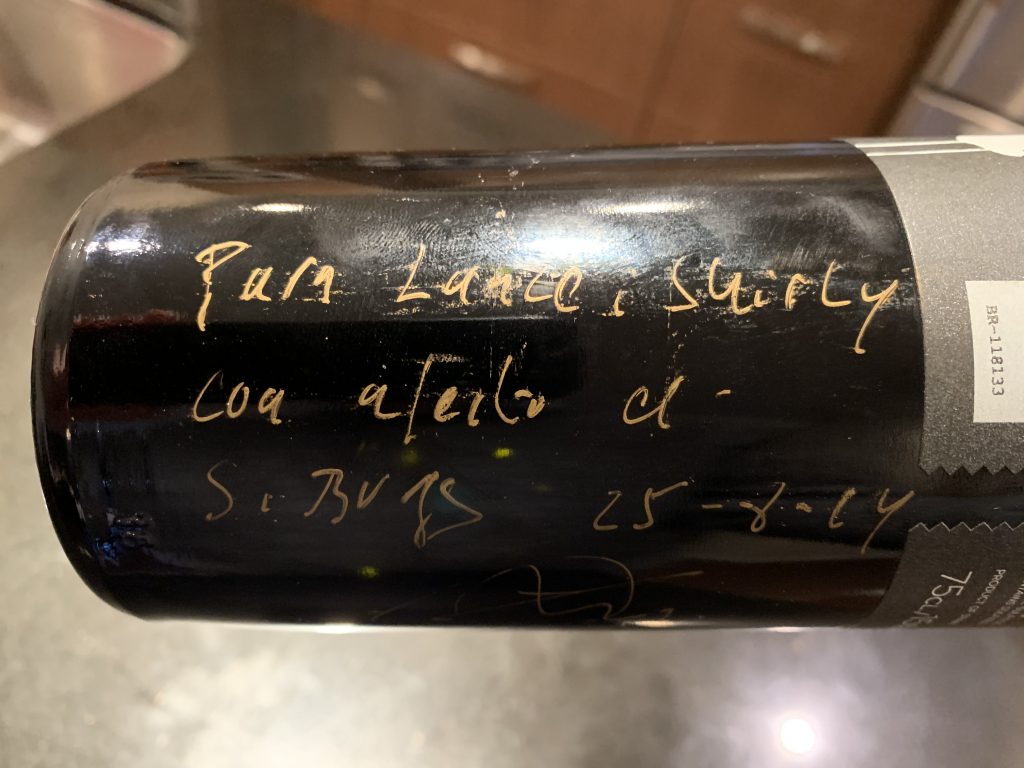
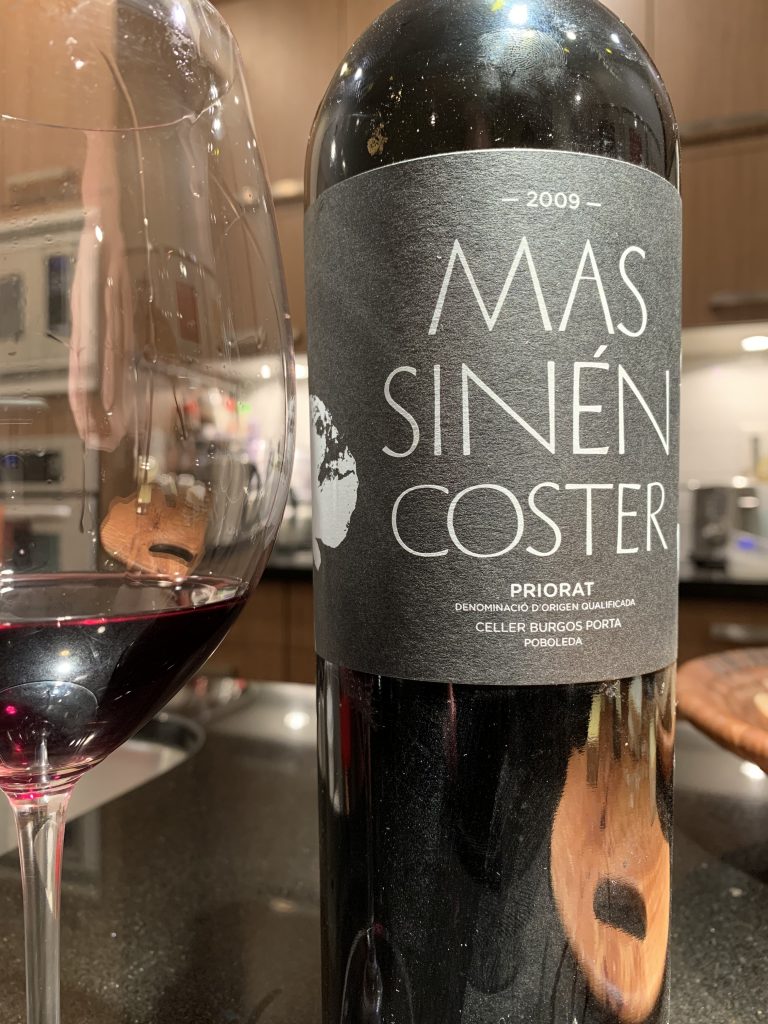
This is an excellent article, Lance — well done!
Thank you Guy. Glad you enjoyed it.